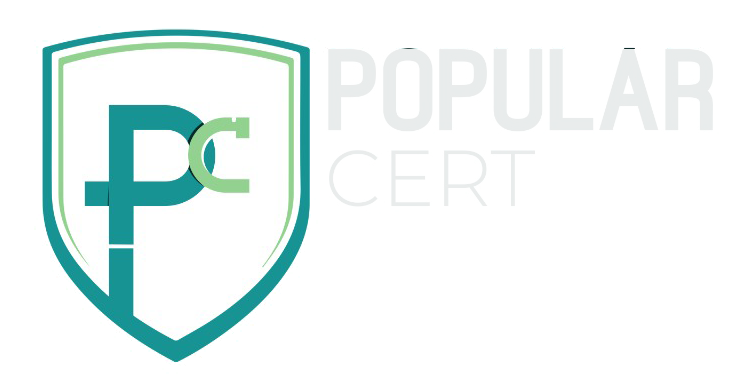ISO 9001:2015 Implementation – Understanding Clause 4 and Its Importance
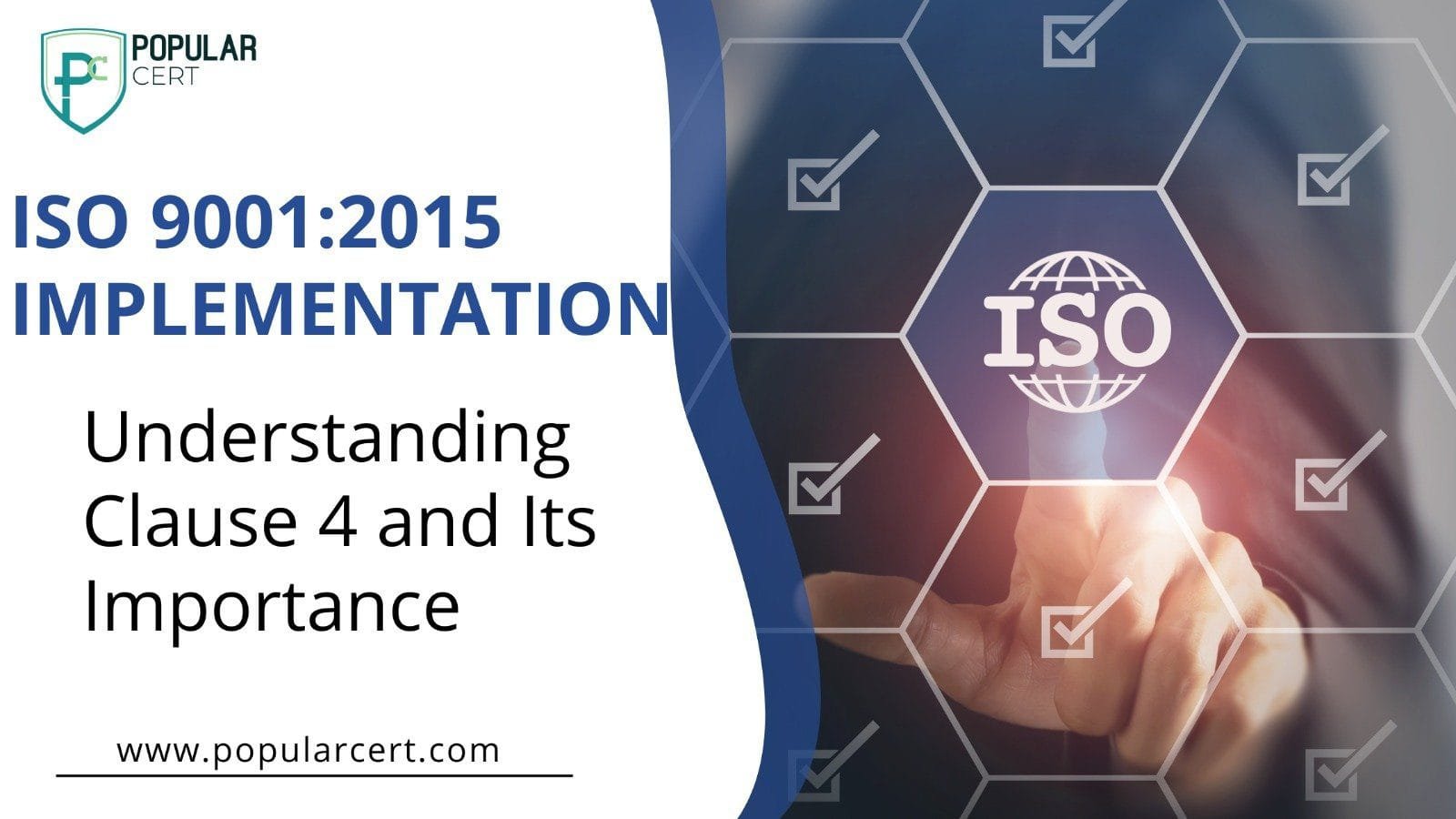
Introduction
ISO 9001:2015 is designed for organizations of all sizes and industries to help establish a quality management system (QMS). However, implementation begins with Clause 4 – Context of the Organization. This crucial step ensures that the company understands both its internal and external environment before developing a process-based QMS. By identifying influencing factors and stakeholder expectations, businesses can align their strategies for better quality control and compliance. In this blog, we will explore how organizations can effectively implement Clause 4 and set the foundation for a successful ISO 9001 certification.
ISO 9001:2015 – Clause-wise Guidelines
ISO 9001 is intended to be generic and applicable to all organizations, regardless of type, size and product category. It is recognized, however, that not all the requirements of the standard will necessarily be relevant to all organizations.
The ISO 9001 implementation starts from clause 4:
4. Context of the Organization
- This clause asks the organization to start by understanding itself and its context before it starts to develop its process-based quality management system (QMS). It asks the organization to consider the external and internal issues that are relevant to its organization’s purpose and strategic direction and to think about the influence these issues could have on its QMS and the results it intends to achieve.
- This means that the organization needs to understand its organization’s external environment, its culture, its values, its performance, and its interested parties before developing its QMS. Why? Because the QMS will need to be able to manage all of these influences. Once the organization considered all of this, it will be ready to define the scope of its QMS and to begin its development.
4.1 Understanding the organization and its context
- An organization’s context involves its “operating environment.” The context must be determined both within the organization and external to the organization.
- It is important to understand the unique context of an organization before starting strategic planning.
What are external and internal parties according to QMS?
- To establish the context means to define the external and internal factors that the organizations must consider when they manage risks.
- An organization’s external context includes its outside stakeholders, its local operating environment, as well as any external factors that influence the selection of its objectives (goals and targets) or its ability to meet its goals.
- An organization’s internal context includes its internal stakeholders, its approach to governance, its contractual relationships with its customers, and its capabilities and culture.
For example, internal context may include, but is not limited to:
- Product and service offerings,
- Governance, organizational structure, roles, and accountabilities;
- Regulatory requirements;
- Policies and goals, and the strategies that are in place to achieve them:
- Assets (e.g., facilities, property, equipment and technology:
- Employees, there must be availability of people with the motivation to remain as contributing members of the organization and develop the skills necessary to provide a competitive edge;
- Capabilities, understood in terms of resources and knowledge (e.g., capital, time, people, processes, systems, and technologies);
- Information systems, information flows, and decision-making processes (both formal and informal)
- Relationships of the staff and the perceptions and values of their internal stakeholders including suppliers and partners:
- Organization’s culture,
- Standards, guidelines, and models adopted by the organization; and
- Form and extent of the organization’s contractual relationships.
External context may include, but is not limited to:
- Customers: Organizations must attract and retain customers by offering products and services that meet their needs along with providing excellent customer service
- Suppliers: Suppliers provide organizations with the resources they need to carry out their activities. Close supplier relationships are an effective way to remain competitive and secure the resources needed
- Investors: All organizations require investment to grow. Relationships with investors need to be managed carefully as problems can detrimentally affect the long-term success of the organization.
- Media: Positive media attention can bring success to the organization by maintaining its reputational strength. Managing the media (including the presence in social media) is a challenge.
- Competitors: Members of the organization need to have a sense of belonging. Can the organization offer benefits that are better than those offered by the competitors? Is there a strong value proposition? Competitor analysis and monitoring is crucial if an organization is to maintain or improve its position in the competitive landscape of the community. The organization must always be aware of its competitor’s activities. The landscape can change quickly.
4.2 Understanding the needs and expectations of interested parties:
The organization and its stakeholders have a relationship in which each of the parties has the needs and expectations of the other.
For example:
- The Board of Directors may wish to ensure the organization makes sufficient profit to return investment to shareholders.
- A regulator may wish to be satisfied that the organization’s work complies with its rules.
- The organization may expect a trade association to maintain a satisfactory working environment and lobby on its behalf.
- An organization in a chain of supply may expect its customer or supplier to maintain production output and quality standards.
- An architect will have to design buildings to meet planning and building codes.
- A structural engineer will use accepted codes of practice to ensure design safety.
The organization could also voluntarily subscribe to policies of Social Responsibility (e.g. ISO 26000) and may adhere to codes of ethics, anti-bribery, and employee welfare. The key is to understand the relevant requirements of the relevant interested parties.
4.3 Determining the scope of the quality management system
The scope of the quality management system is determined by the organization. Under the definition of organization, it can be the whole or part of the entity. The scope of the Quality Management System can therefore be:
- An office
- A factory
- The purchasing department
- A logistics function
- A cham of shops
- A restaurant etc.
The scope of the organization will affect its relevant stakeholders and their requirements the interface of the organization, at its boundaries, needs to be understood, this interface is normally with its customers, internal customers, suppliers, and external providers
The requirements of ISO 9001 2015 are generic and, therefore, depending on the scope and the products and services offered by the organization will have varying degrees of application In ISO 9001 2015, if a requirement can be applied, then it should be. If. for the reason of scope, the requirement cannot be applied, the reason for this needs to be stated.
This is very similar to the “exclusions in ISO 9001 2008 except that, in the 2008 standard, an exclusion can only be applied to clause 7 and its sub-clauses.
As examples of requirements that cannot be applied:
- A burger bar would consider that it does not do any design and that the food it produces is sold based on a self-explicit menu. It might also determine that it has no customer-supplied product.
- A company making wooden furniture may not have any need for traceability (e.g. from tree to furniture).
In reality, most companies will only find they’re not applicable requirements in clauses 7 and 8 since the other clauses cover general management activities which, to some degree, have universal applicability.
Where the organization states this is very much up to the organization. A documented scope statement might be one way of recording this information but this can also be included in its policy or other document.
Where an organization “outsources” some parts of work within its scope (e.g. plating, painting, testing, sterilization, etc.), these are external suppliers and are controlled by clause 8.6
4.4 Quality Management system and its processes
- This clause is intended to cover the requirement for the organization to set up a quality management system and broadly sets out the activities associated with this. These activities are described in greater detail in the remainder of the standard.
- To meet the requirements, the organization will now need to ensure that the activities described in a) to h) have been included in its quality management system. In effect, they describe the anatomy of a process.
- The extent to which processes need to be detailed depends on the complexity and stability of the activities that constitute the process.
- Simple processes will require only simple explanations, Complex processes will require sufficient explanation to enable people to understand the activities and tasks, and the inter-relationships, to the extent necessary to effectively implement their roles.
Some actions the organization can take are:
- Define the objectives of the system and the processes necessary to achieve them.
- Establish authority, responsibility, and accountability for managing processes.
- Understand the organization's capabilities and determine resource constraints before action.
- Determine process interdependencies and analyze the effect of modifications to individual processes on the system as a whole.
- Manage processes and their interrelations as a system to achieve the organization's quality objectives effectively and efficiently.
- Ensure the necessary information is available to operate and improve the processes and to monitor, analyze, and evaluate the performance of the overall system.
- Manage risks that can affect the outputs of the processes and overall outcomes of the quality management system.
The requirement for documentation is that the processes be defined and that records be maintained to show that the outputs of the processes were as planned. Processes can be defined graphically, in words or a combination of both. Techniques such as flowcharting and swim-lane diagrams are often used to do this.
Call to Action (CTA)
Ready to take your organization’s quality management to the next level? Contact PopularCert today to learn more about our ISO 9001 certification services. Let us help you build a culture of quality that drives customer satisfaction and organizational success.
Types Of Certification
- ISO Certification
- ISO 9001 Certification
- ISO 14001 Certification
- ISO 45001 Certification
- ISO 22000 Certification
- ISO 27001 Certification
- ISO 17025 Certification
- ISO 13485 Certification
- ISO 20000-1 Certification
- ISO 22301 Certification
- ISO 50001 Certification
- ISO 37001 Certification
- IATF 16949 Certification
- ISO 29001 Certification
- ISO 31000 Certification
- ISO 20121 Certification
- ISO 10002 Certification
- ISO 41001 Certification
Get Free Consultation
Our Clients
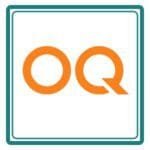

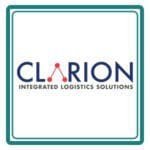


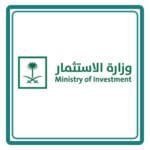
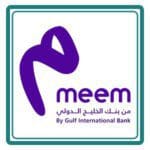




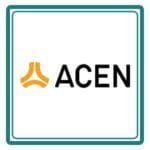






GET A FREE CONSULTATION NOW
FAQ
Why does ISO 9001 implementation start with Clause 4?
Clause 4 helps organizations understand their operating environment, both internally and externally, so they can build a QMS that aligns with business objectives and market conditions.
What are the internal and external contexts in ISO 9001?
The internal context includes factors like company culture, governance, policies, and employee capabilities. The external context covers stakeholders such as customers, suppliers, competitors, and regulatory bodies that influence business operations.
How do organizations determine the scope of their QMS?
The scope of a QMS is defined by the organization based on its structure, processes, and the specific products and services it offers. It should cover all relevant functions to ensure compliance with ISO 9001 requirements.
What is the role of interested parties in ISO 9001?
Interested parties, such as investors, regulators, employees, and customers, have needs and expectations from an organization. Understanding these requirements helps in shaping an effective QMS.
How should an organization document and manage its processes?
Processes should be well-defined using flowcharts, written procedures, or diagrams. Organizations must maintain records to show that the QMS operates as planned and delivers expected results.
